Cables For Automotive Industry: What Makes Them Different?
Automobile wires

Automobile wires are essential to a vehicle's operation. They are in charge of transferring electrical power and signals between a vehicle's many systems and parts. Vehicle electrical systems would not function well without appropriate wiring, which might result in a number of problems and malfunctions. The cables and wires utilised in the automotive sector are specially designed to adhere to industry norms and guidelines. Cables and wires must be made to standards since automotive parts are frequently subjected to high temperatures, chemical solvents, dampness, and abrasive contacts. Given the variety of vehicles available, it is typical to come across obsolete parts and nonstandard fixtures and equipment. As a result, manufacturers of customised automotive components need to be completely cognisant of the demands and constraints of the automotive sector.
Types Of Automotive Cables
Primary Wires: Automotive primary wires are arguably the most prevalent kind. They are employed in the general circuit wiring of the car's charging, ignition, and lighting systems. These wires come in different gauges, and bigger wires are utilised for applications requiring higher voltages, such as battery cables.
Coaxial Cables: High-frequency communications with less signal loss are sent over coaxial wires. They are frequently used to link different communication systems and antennas within the car.
- Flat Ribbon Cables: For applications requiring a lot of space, such as connecting parts on a printed circuit board (PCB), flat ribbon cables are appropriate. They are frequently found in temperature control, navigation systems, and other small spaces.
- Shielded Cables: The purpose of shielded cables is to prevent electromagnetic interference (EMI) from affecting transmissions. Shielded cables are essential for preserving signal integrity in contemporary vehicles, where electrical components are densely packed. Applications such as advanced driving assistance systems (ADAS) and infotainment systems frequently use them.
- Multi-Conductor Cables: A multi-conductor cable is made up of several insulated wires that have been bundled together. They are widely employed in applications like stereo systems, navigation systems, and sensors where many signals must be sent.
- Fibre Optic Cables: Fibre optic cables are used for long-distance, high-speed data transfer. Applications for them include optical sensors, entertainment systems, and networking.
Functions Of Automotive Cables
- Battery Cables: One of the most important parts of a vehicle's electrical system is the battery cable. The starting motor and other electrical parts are connected to the battery via these lines. They are made up of two wires: a negative cable, which is often black, and a positive cable, which is typically red. High-quality copper or aluminium battery cables are required to provide effective power flow. They supply the starting motor and other electrical components with electricity from the battery. Additionally, battery cables support the vehicle's power supply by assisting in battery recharging when the engine is operating.
- Clutch Cables: Clutch cables are essential in cars with manual gearboxes. They connect the clutch mechanism and clutch pedal. Smooth gear changes are made possible by the cable pulling on the clutch fork when the driver pushes the clutch pedal. To endure high pressure, steel is usually used to make these cables. Easy gear changes are made possible by clutch cables, which guarantee the clutch engages and disengages smoothly. When the clutch is disengaged, they also stop the car from moving.
- Brake Cables: Traditional or mechanical braking systems require brake cables. They transfer force to the braking parts at the wheels from the brake pedal. Brake cables are still frequently found in motorcycles, bicycles, and older automobile types, even though hydraulic systems are frequently used in current cars. Particularly in older cars, brake wires are essential to the emergency braking system. They provide the braking system at the wheels with the force exerted by the driver's foot.
- Window Regulating Cables: In power windows, window regulator cables link the lifting mechanism and window motor. These wires provide silent and seamless window movement, whether the windows are lowered or lifted. They make it simple for the driver to raise and lower the car's windows. During window operation, window regulator cables ensure continuous movement and stress.
- Power Steering Cables: Power steering cables are used in older cars with mechanical power steering to transfer driver's input from the steering wheel to the steering system. As a result, steering the car requires less effort. Although mechanical systems have generally been replaced by hydraulic or electric systems in current vehicles, several models still retain power steering cables. The driver may easily steer the car with the aid of these cables. By improving the vehicle's manoeuvrability, they provide effective and seamless steering.
- Lighting Cables: The headlights, taillights, turn signals, and interior lights of the car are all powered by electrical power that is sent via lighting connections. These wires guarantee that the driver and other road users have adequate lighting and visibility. They ensure road safety by supplying electricity to the car's lights. In order to facilitate communication with other drivers, lighting wires also link the electrical system to the vehicle's signalling system.
- Ignition Cables: Spark plug wires, sometimes referred to as ignition cables, are crucial components of the car's ignition system. They ignite the air-fuel combination in the engine's cylinders by transporting high-voltage electricity from the ignition coil to the spark plugs. To withstand high electrical currents and temperatures, these wires are insulated. In order to assist the engine start, ignition wires provide high-voltage power to the spark plugs. Because they guarantee a dependable spark, they are essential to preserving engine performance.
Conclusion
Automotive cables are essential components of contemporary automobiles, serving a variety of purposes that guarantee the safe and effective operation of the vehicle. Automotive cables must be maintained and replaced on a regular basis to prevent malfunctions and guarantee peak performance. Vehicle owners may better maintain their vehicles and avoid typical mechanical issues by being aware of the sorts of automotive cables and their applications. Selecting a trustworthy and superior automotive wire source is also essential. The safety, functionality, and longevity of a car's electrical system are all directly impacted by the wire's quality. Therefore, it is essential to select one of the top cable manufacturing companies in the UAE to guarantee the total functionality and dependability of your vehicle's electrical system.
Related Blog

AC Maintenance Tips from UAE Repair Experts

How to Prepare for the GMAT: A Step-by-Step Guide
68ec9e22634a4.png)
10 Tips for Choosing the Right ERP Solution

Common Problems with CPVC Pipes and How to Avoid Them

The Importance of SAT Practice Tests for SAT Preparation

Common Mistakes to Avoid When Purchasing Air Dryers

Gmat Exam Preparation Tips From Top Tutors In Dubai

Trusted suppliers of pvdf ball valves in uae - what to look for

How Ucat Classes Help Improve Your Cognitive Skills

Electric vs Diesel Compressors: What's Best for UAE Conditions?

How Ap Chemistry Tutoring In Dubai Boosts Exam Confidence

Top 10 Citizenship by Investment Consultants in the UAE

Benefits Of Using Glass And Aluminium In Modern Construction In Uae

Top Benefits Of Joining Ib Maths Tutoring Classes In Dubai

How To Choose The Right Battery For Your Vehicle In The Uae

How To Choose The Right Cable Manufacturer For Your Business Needs In Uae

Role Of Mock Tests In Gmat Preparation: Insights From Dubai Experts

How to Choose the Best Courier Service for Your Business Needs
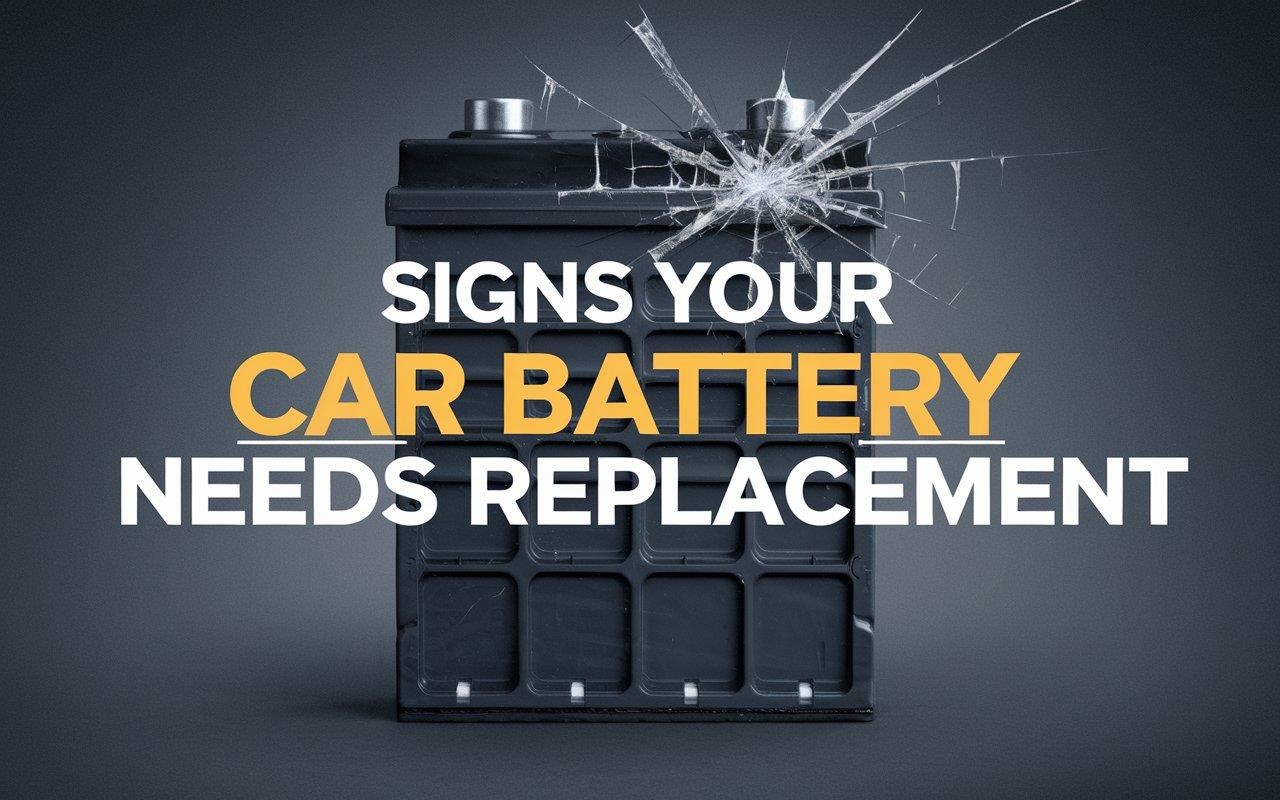
Top signs your car battery needs replacement in UAE

Understanding the Different Types of Audit Reports

The Importance Of Cleaning Your Ac Filters: Tips For Better Air Quality

5 Tips to Find the Best Personal Trainer in Dubai
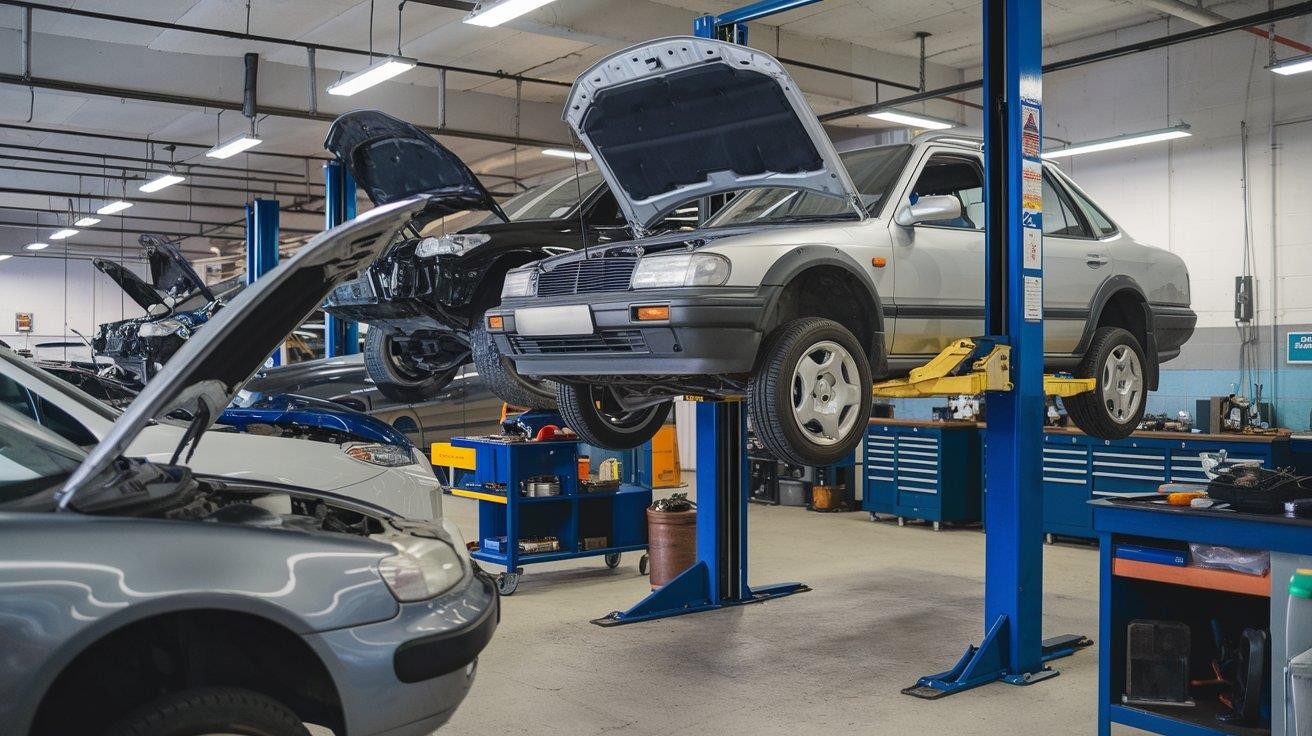
Best Car Repair Shops In Al Quoz
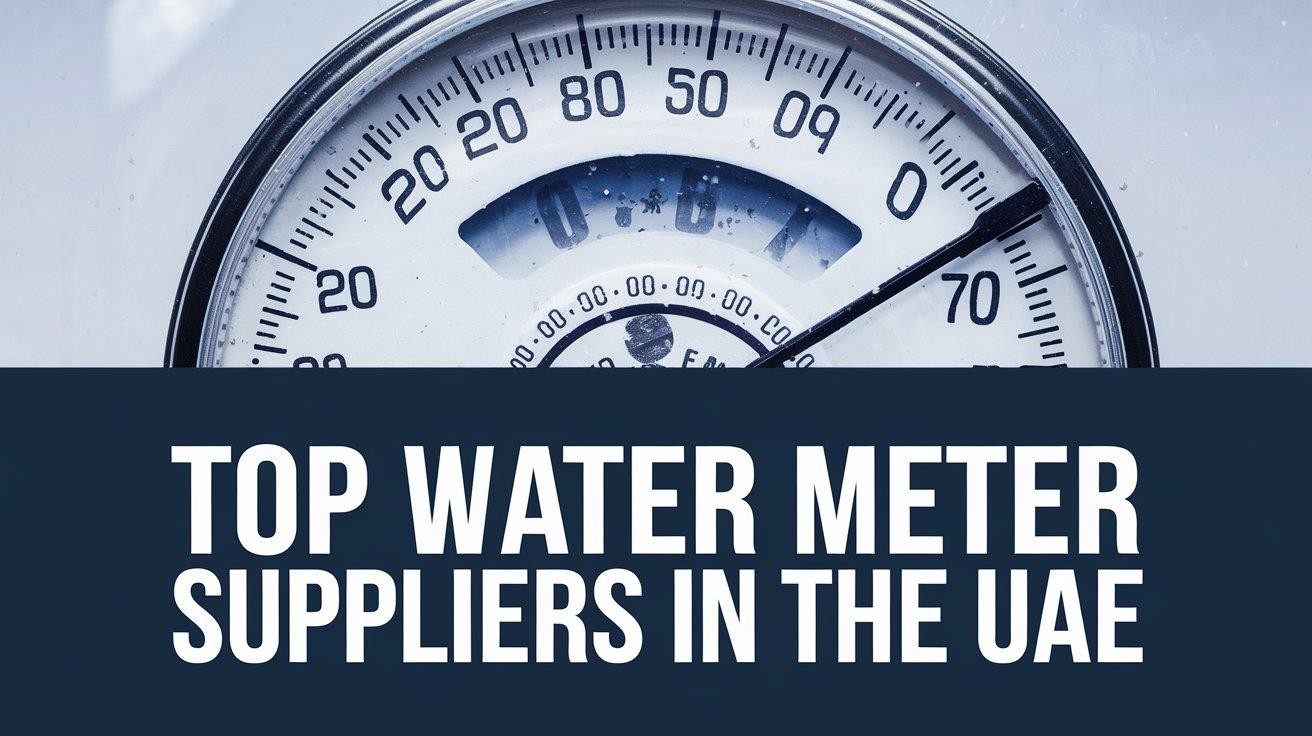
Top Water Meter Suppliers in the UAE

Best SAT Centers in Dubai
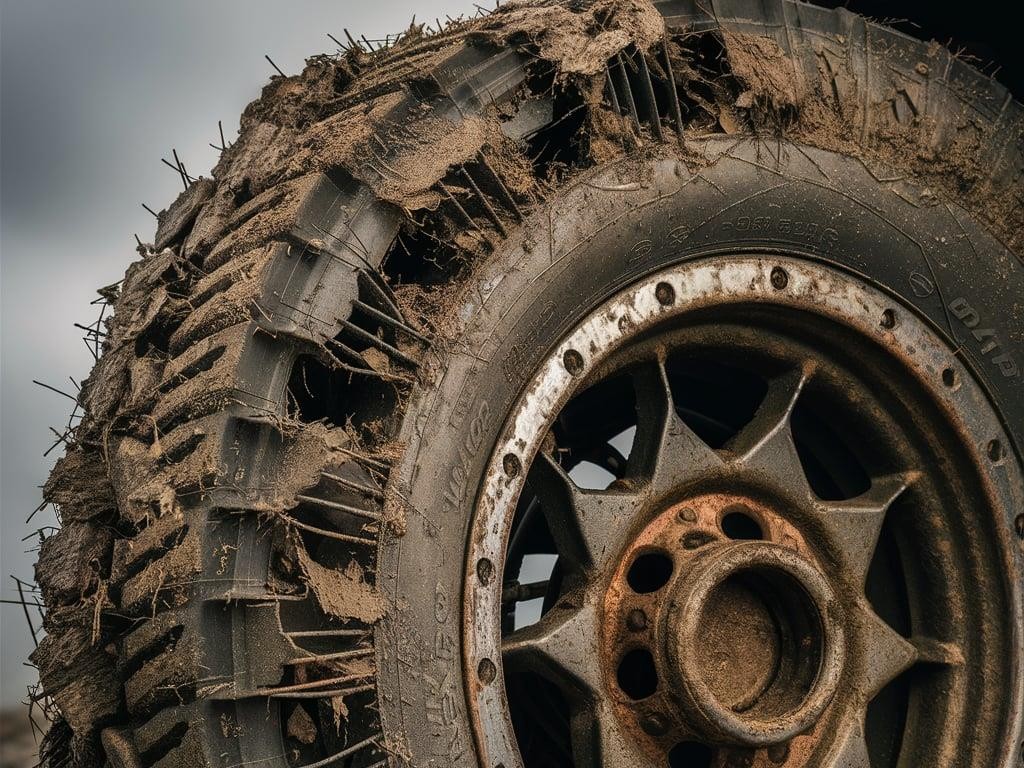
Common Causes Of Tyre Damage And How To Avoid Them
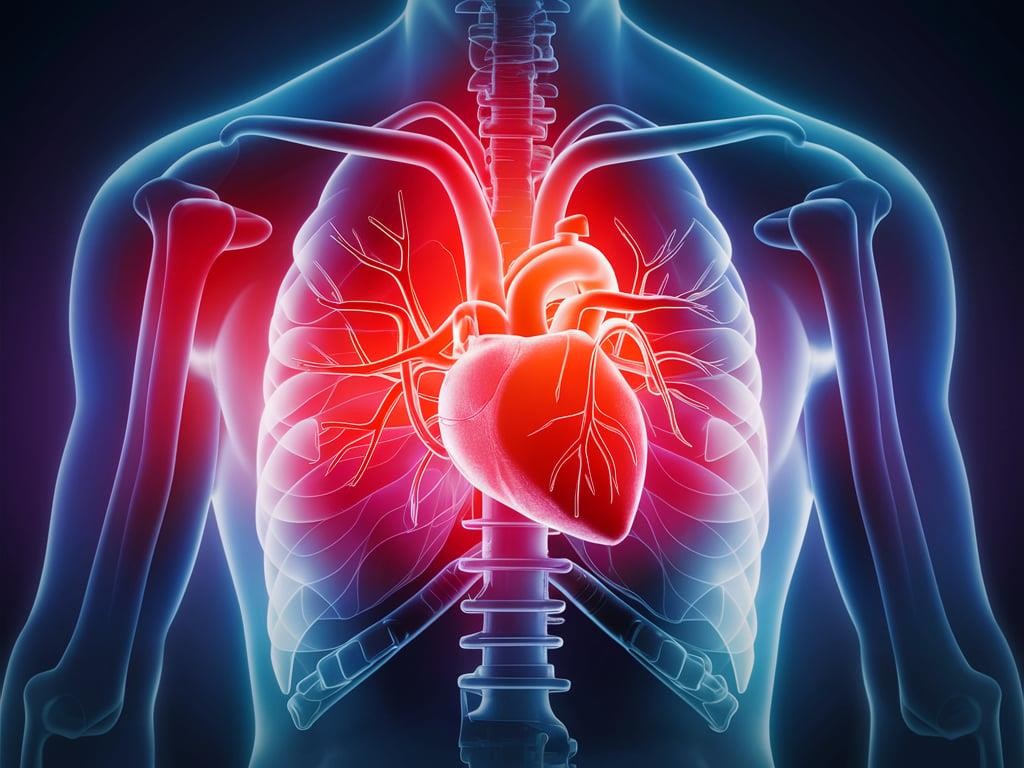
Top Cardiology Hospital in Dubai

Top homeopathic clinic in Dubai

Top 5 Flow Meter Suppliers in UAE

Top 5 Pipe Fittings Suppliers in UAE
68edf1fee9090.jpg)
Tips To Minimize Expenses In Your Business

Top 7 Budgeting Tips for International Students in Australia

10 Best Car AC Repair Centers In Dubai

Top 10 dermatology Hospitals in Dubai

Top 10 courier service companies in Abu Dhabi

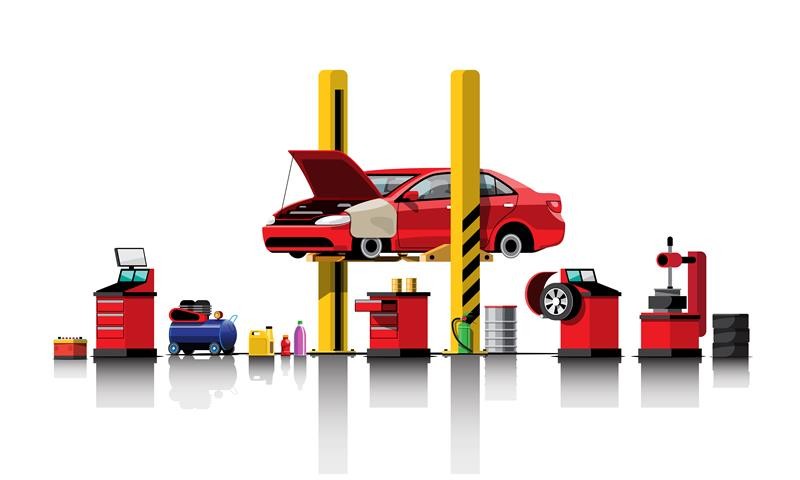
Top 8 Luxury car service centers in UAE

Common Myths and Misconceptions about IVF Treatment in Dubai

Top 10 Managed IT Service Providers (MSPs) in the USA
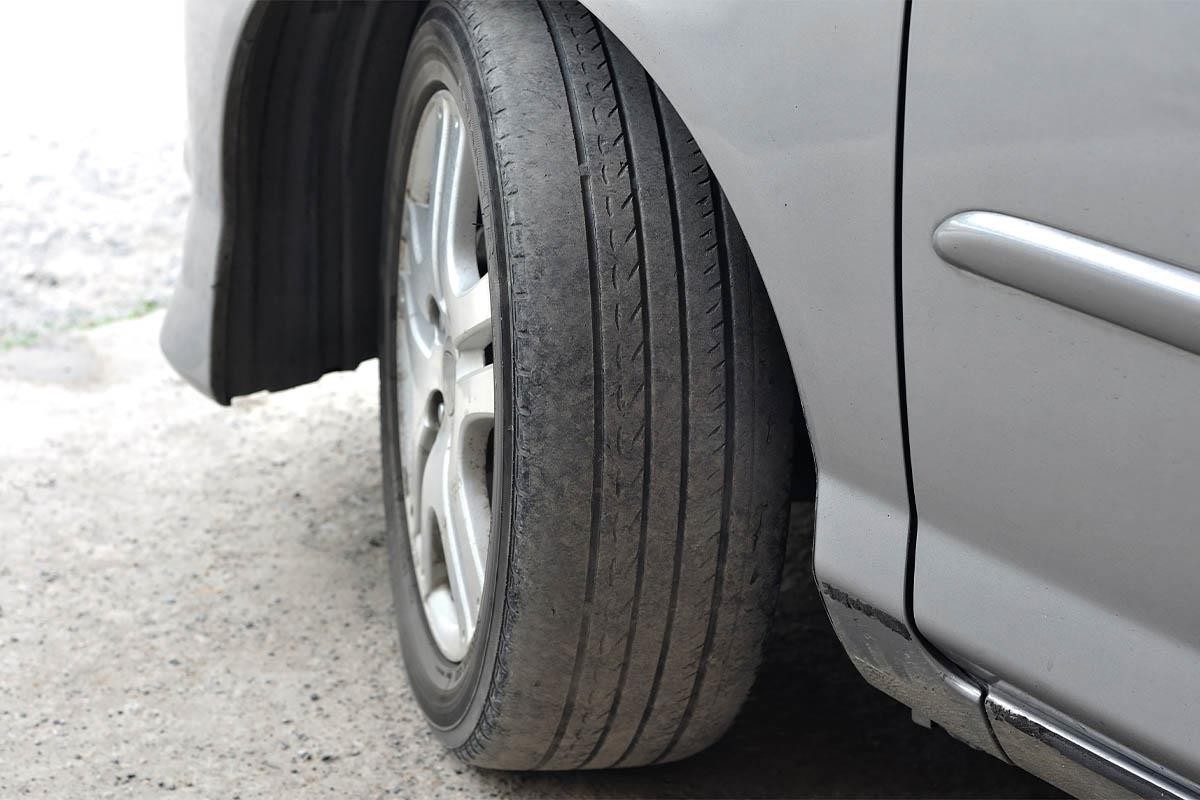
Best Car Tyre Brands for Dubai's Road Conditions

10 Best Pirelli Tyre Shops In Dubai


Top 7 Car Tyre Shops In Dubai

5 Common Mistakes Small Business Owners in UAE Make in Their Bookkeeping

Top 5 IVF Clinics in Dubai For Your Journey To Parenthood

KOC Project of Visual Flame Detection Systems
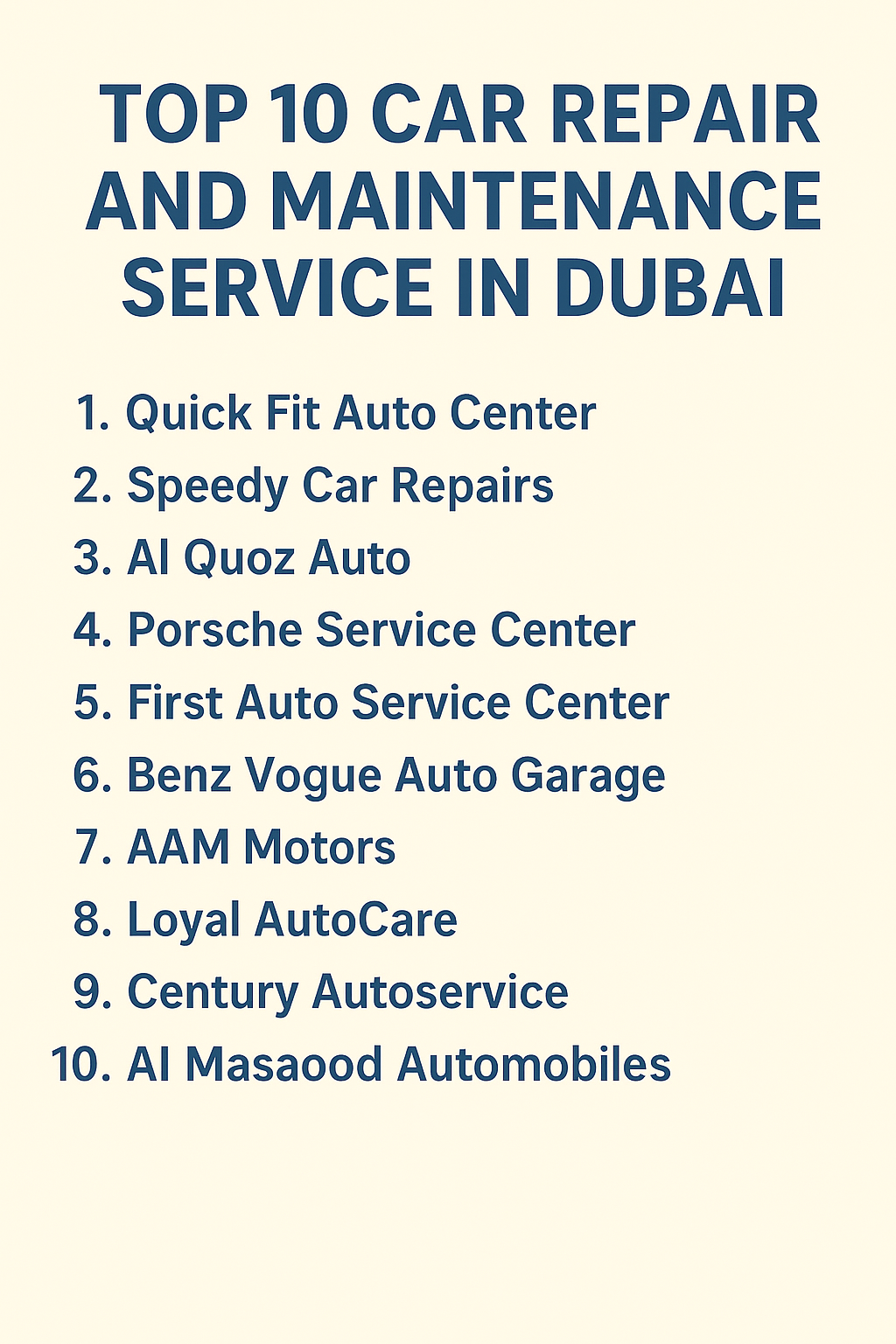
Top 10 Car Repair and Maintenance Services in Dubai

Top 15 Business Setup Consultants in Dubai

Top Ten Car Service Companies In UAE
68f0a0f5a49dc.png)

Top FIT OUT Companies in Dubai

Top 10 Manpower Supplying Companies in UAE

Top 10 GSuite Resellers in Dubai

List of Best Custom Website Development Companies in Dubai

Top 15 Company Formation Consultants in UAE

Top Hyperbaric Oxygen Therapy Centres In UAE

Top Control Room Solutions Providers in UAE

Top 10 accounting and auditing firms in Dubai, UAE

Top 10 Orthopaedic Hospitals in Dubai

UAE's Online Business Listing Directory Websites

Online Learning Platforms for Students

List of Web Designing Companies in Dubai

Study Abroad Destination: How To Choose the Right Country

9 UCAT Exam Tips For Success

Importance of Educational Certificate Attestation in UAE

Benefits of Implementing Electronic Document Management System

Procedures To Be Fulfilled By A Foreigner To Start A Business In Dubai

What Is The Importance Of Attesting Educational Certificates In UAE?

Deep Cleaning Services in Abu Dhabi

List of e-commerce development companies in Dubai

Top 10 social media marketing agencies in Dubai

Top Water Purifier Brands in UAE

